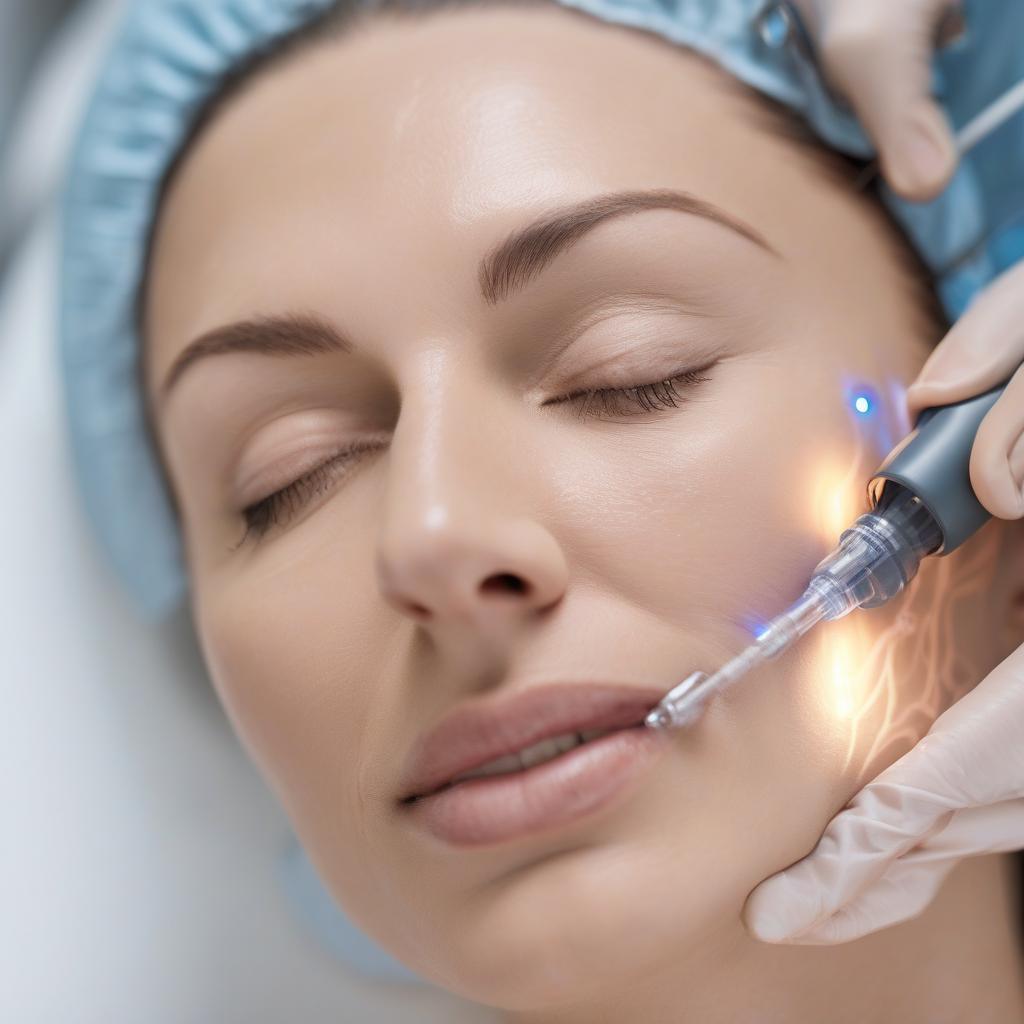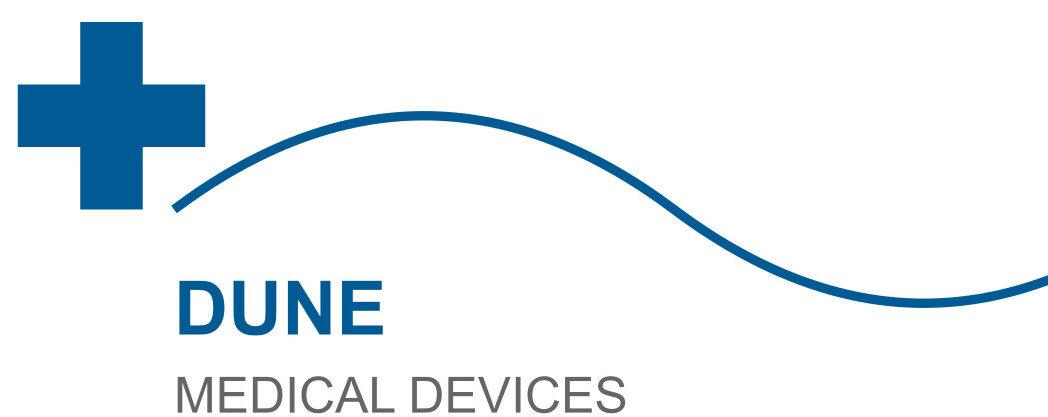
How Radiofrequency Skin Tightening Works
“`html
How Radiofrequency Skin Tightening Works: The Science Behind Youthful Skin
Radiofrequency (RF) skin tightening has revolutionized non-surgical facial rejuvenation, offering a safe and effective alternative to invasive procedures. This innovative technology uses controlled thermal energy to stimulate collagen production, resulting in firmer, smoother skin with minimal downtime. Whether you’re considering TriPollar, Thermage, or other RF systems, understanding how this technology works can help you make informed decisions about your skincare journey. In this comprehensive guide, we’ll explore the science behind RF treatments, their benefits, and what to expect from the procedure.
The Science of Radiofrequency Skin Tightening
Radiofrequency skin tightening works by delivering controlled heat energy deep into the skin’s layers using electromagnetic waves. These waves create resistance as they pass through the skin, generating heat that reaches temperatures between 104-118°F (40-48°C). This thermal effect serves two primary purposes:
- Immediate collagen contraction: The heat causes existing collagen fibers to contract and tighten, providing some immediate lifting effect
- Long-term collagen stimulation: The controlled thermal injury triggers the body’s natural healing response, stimulating fibroblasts to produce new collagen and elastin over time
Unlike laser treatments that target specific chromophores in the skin, RF energy affects all tissue types equally, making it safe for all skin tones. The depth of penetration can be adjusted based on the treatment area and desired results, typically reaching between 0.5mm to 4mm beneath the skin’s surface.
Types of Radiofrequency Technologies
Several RF technologies dominate the aesthetic market, each with unique characteristics:
1. Monopolar RF (e.g., Thermage)
Uses a single electrode that delivers energy deep into the tissue (up to 4mm). The energy disperses through the body to a grounding pad, allowing for deeper penetration ideal for significant skin tightening.
2. Bipolar RF
Features two electrodes on the same treatment tip, creating a concentrated energy field between them. This provides more superficial treatment (1-2mm depth) with precise control, often combined with other technologies.
3. Multipolar RF (e.g., TriPollar)
Utilizes multiple electrodes (typically three or more) that alternate current flow, creating a more uniform heating pattern. This technology often requires lower energy levels while maintaining effectiveness, reducing discomfort during treatment.
Many modern devices combine RF with other technologies like ultrasound, LED light therapy, or vacuum suction to enhance results. For those curious about alternative skin tightening methods, our guide on what is skin tightening explores various options.
What to Expect During and After Treatment
A typical RF skin tightening session follows this general protocol:
- Consultation: Your provider assesses your skin and discusses treatment goals
- Preparation: The treatment area is cleansed and a conductive gel may be applied
- Treatment: The RF handpiece is moved over the skin in systematic patterns
- Post-treatment: A soothing cream or mask may be applied
Most patients describe the sensation as a warm, prickling feeling. Modern systems incorporate cooling mechanisms to maintain comfort. Immediately after treatment, you might notice mild redness or swelling that typically resolves within a few hours.
The collagen remodeling process continues for 3-6 months post-treatment, with optimal results becoming visible after about 3 months. Most patients require a series of 3-6 treatments spaced 3-4 weeks apart for cumulative benefits. Maintenance sessions every 6-12 months can help prolong results.
Final Thoughts on RF Skin Tightening
Radiofrequency skin tightening offers a scientifically-proven, non-invasive solution for improving skin laxity and texture. By understanding how RF technology stimulates collagen production at the cellular level, patients can appreciate why these treatments require patience to see full results. While not a substitute for surgical facelifts in cases of significant sagging, RF treatments provide noticeable improvement for mild to moderate skin laxity with virtually no downtime.
When considering RF treatments, consult with an experienced provider who can recommend the appropriate technology and treatment plan for your specific concerns. Combined with a good skincare regimen and healthy lifestyle, RF skin tightening can be a valuable component of your anti-aging strategy.
Frequently Asked Questions
How long do RF skin tightening results last?
Results typically last 1-2 years, depending on your skin’s natural aging process and environmental factors. Maintenance treatments can extend results.
Is RF skin tightening painful?
Most patients tolerate the treatment well, describing it as a warm sensation. Modern systems have built-in cooling to maximize comfort.
Who is an ideal candidate for RF treatments?
Best for individuals with mild to moderate skin laxity who want non-surgical improvement. It’s less effective for severe sagging or excess skin.
Can RF be combined with other treatments?
Yes, RF is often combined with microneedling, ultrasound, or laser treatments for enhanced results. Your provider can recommend the best combination for your needs.
“`
